GMC Yukon Hybrid
Here are the first questions to ask when thinking about the Chevy Tahoe Hybrid and GMC Yukon Hybrid.
Do you need a vehicle that can haul up to eight people? And carry cargo? And tow up to 6,000 pounds? Because if you don’t really need the extra space and towing capacity, then you could buy a much smaller vehicle than the Tahoe and Yukon, and without any kind of advanced auto technology, you could burn a lot less fuel.
But if a full-size SUV with lots of load-hauling capability is a must for you—and you’re trying to reduce the amount of energy and gas money required for those heavy-duty jobs—then General Motors has come up with a hybrid with your name on it.
The two-wheel-drive versions of the Yukon and Tahoe hybrids are rated at 21 mpg in the city, and 22 mpg on the highway. That gives the gas-electric Yukon and Tahoe top ranking for fuel efficiency in the full-size SUV category. In fact, those figures match the city numbers for the four-cylinder Toyota Camry and beat the V-6 Camry in the city. All models come equipped with a 6.0L V8—for a combined output of 332 horsepower and 367 lb-ft of torque—and can tow up to 6,200 lbs.
Yeah, But How?
GM’s so-called “two-mode” hybrid technology is part of a strategy to develop hybrids that improve fuel economy at highway speeds as well as in the city, using two separate modes of operation. The electric motors deliver their power through variable-ratio gear sets, which allows them to be smaller and lighter while drawing less electricity.
The main distinction of the two-mode hybrid, though, is the use of a second set of gears configured specifically for moving big vehicles at highway speeds. The Honda and Toyota systems (and the Ford Escape Hybrid, which is similar to Toyota’s technology) use a single set of gears for both city and highway driving.
Larry Nitz, executive director for hybrid power train engineering at GM, explained, “It’s two electronically controlled, continuously variable modes, and they have a point, a gear ratio, at which all the speeds synchronize. At that gear ratio, the engine switches from one mode to the other mode without a speed change.” As a result, Mr. Nitz said, the transition between modes, at a speed that is equivalent to second gear in a conventional car, is nearly imperceptible.
“When you’re in the economy or city mode, you lean on the electric motors more, because the electric side allows you to operate more efficiently at light loads,” Tim Grewe, chief engineer for rear-drive hybrids at G.M., said. “When you are in performance or highway mode, you use more gears, because gears operate more efficiently for the high loads.”
Each of the two-mode hybrid’s two electric motors is about half the size of a motor used in today’s hybrids. Even so, the two-mode system is powerful enough to move a full-size pickup through stop-and-go traffic without assistance from the gasoline engine, a trait that qualifies it as a full hybrid.
To minimize the V-8’s fuel consumption, the two-mode system makes use of cylinder deactivation to shut down half the engine when full power is not needed. To compensate for the extra weight of the hybrid system and batteries, vehicle weight was reduced by using aluminum in the hood and front tailgates.
Finishing the Job of Redefining Hybrid
GM has been touting the superiority of its “two-mode” hybrid system for years. And for just as long, the company has made the point that more fuel can be collectively saved by improving the fuel economy of big gas guzzlers than by manufacturing smaller cars that are already relatively efficient.
The talk is over, and GM has finally delivered impressive results aimed at a new breed of hybrid customer. The company kicked off the release of the Yukon and Tahoe Hybrids at the Texas State Fair—not exactly traditional Prius country. Now it’s up to the company to make the vehicles widely available and affordably priced. (Based on numerous reports, that’s been a challenge for the Green Line versions of the Saturn Aura and Vue.)
The fine print on press releases for the Yukon and Tahoe Hybrid reads, “Limited availability in select markets starting fall 2007.” Prices have not yet been announced but are expected to be in the low- to mid-$40,000 range.
So despite the buzz, we’re still waiting for all the details on when and where we’ll see these new super-sized SUVs hit American roads. Until then, the buzz will continue. Karl Brauer, editor in chief at Edmund.com, told MSNBC, “The genie is out of the bottle. Americans have been spoiled with big, roomy utilitarian vehicles, and I don’t think they want to give them up, even with the price of gas going up.” Brauer believes that consumers don’t want to give up space, even while they seek better fuel efficiency. “The ultimate fulfillment of all these needs is a high-mileage, fuel-efficient SUV, and that is what GM is going after with these two SUVs.”
Become an AutoGuide insider. Get the latest from the automotive world first by subscribing to our newsletter here.
More by AutoGuide.com Staff



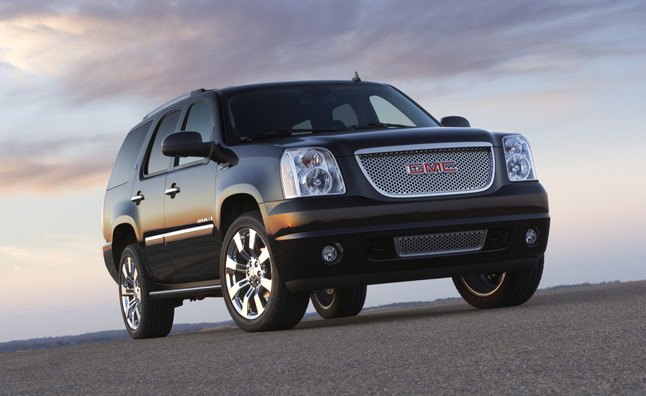












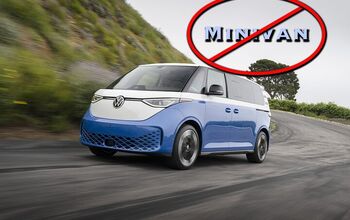
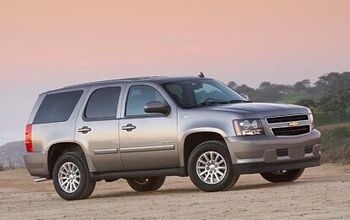
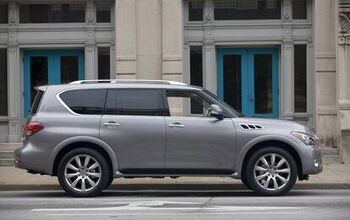


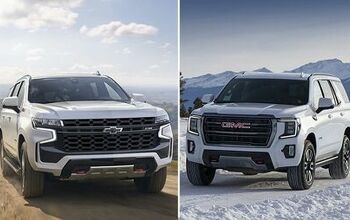


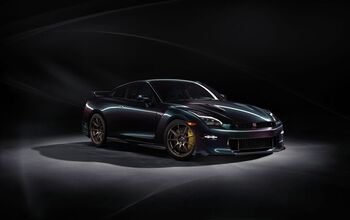







Comments
Join the conversation